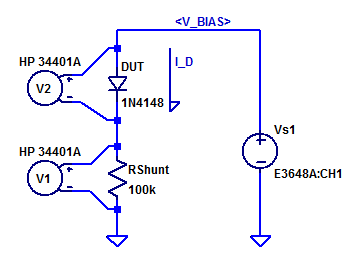Appreciate the feedback. So I found the full specs of the panels along with this calculator, and got the following results:

The -12.333 C is the lowest temperature recorded by my weather station in January of this year, that is located next to the panels.
I don't know what the odds are that all of the following will be true:
-12C
Daylight
No clouds and bright sun
Inverter not already producing power
But to be safe, I should probably just do 14 panels per string and then have the last 4 panels in a string of their own.
3 x 15 panels are the above Talesun 270 Watt panels (6 of them are actually Talesun 275 Watt panels, but close enough) The newly added bottom row is 15 white label 250 Watt panels, so I don't want to mix those with the Talesun panels as it would drag those strings down to 250 Watts per panel. So my thinking is that if I don't go 4x15 strings, to do the following:
3 x 14 Talesun 270 watt strings
1 x 14 white label 250 watt string
1 x 4 string with 3x Talesun 270 watt and 1x white label 250 watt

The -12.333 C is the lowest temperature recorded by my weather station in January of this year, that is located next to the panels.
I don't know what the odds are that all of the following will be true:
-12C
Daylight
No clouds and bright sun
Inverter not already producing power
But to be safe, I should probably just do 14 panels per string and then have the last 4 panels in a string of their own.
3 x 15 panels are the above Talesun 270 Watt panels (6 of them are actually Talesun 275 Watt panels, but close enough) The newly added bottom row is 15 white label 250 Watt panels, so I don't want to mix those with the Talesun panels as it would drag those strings down to 250 Watts per panel. So my thinking is that if I don't go 4x15 strings, to do the following:
3 x 14 Talesun 270 watt strings
1 x 14 white label 250 watt string
1 x 4 string with 3x Talesun 270 watt and 1x white label 250 watt






Comment